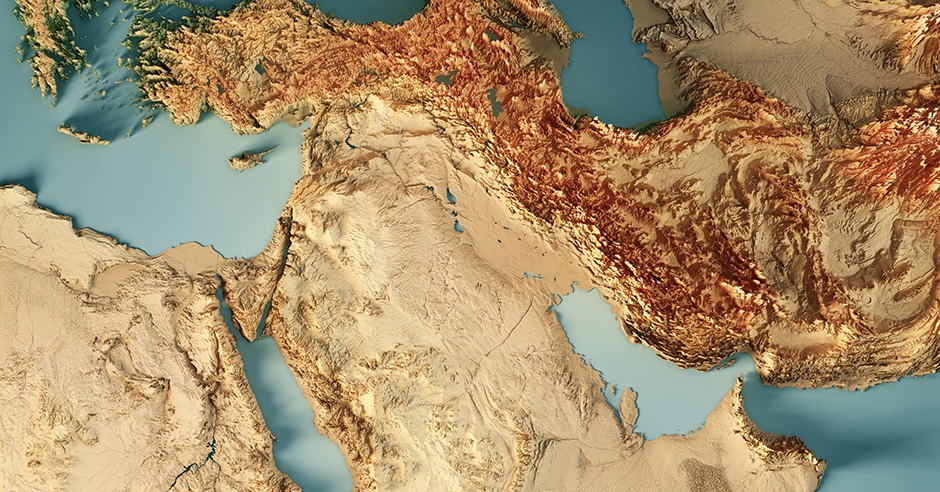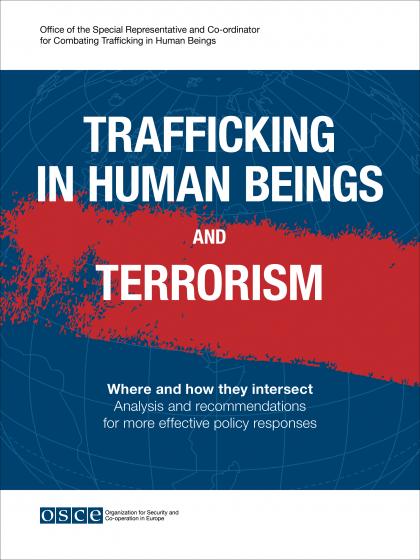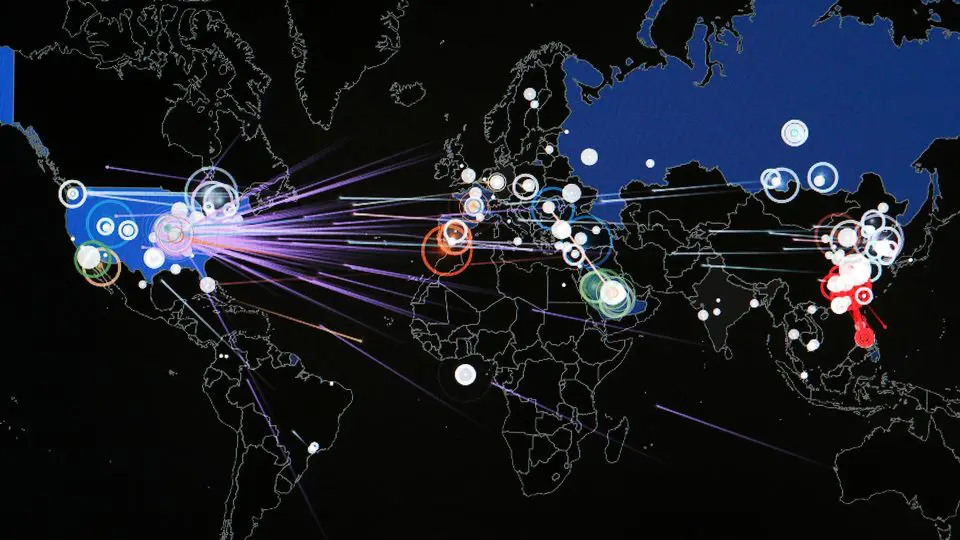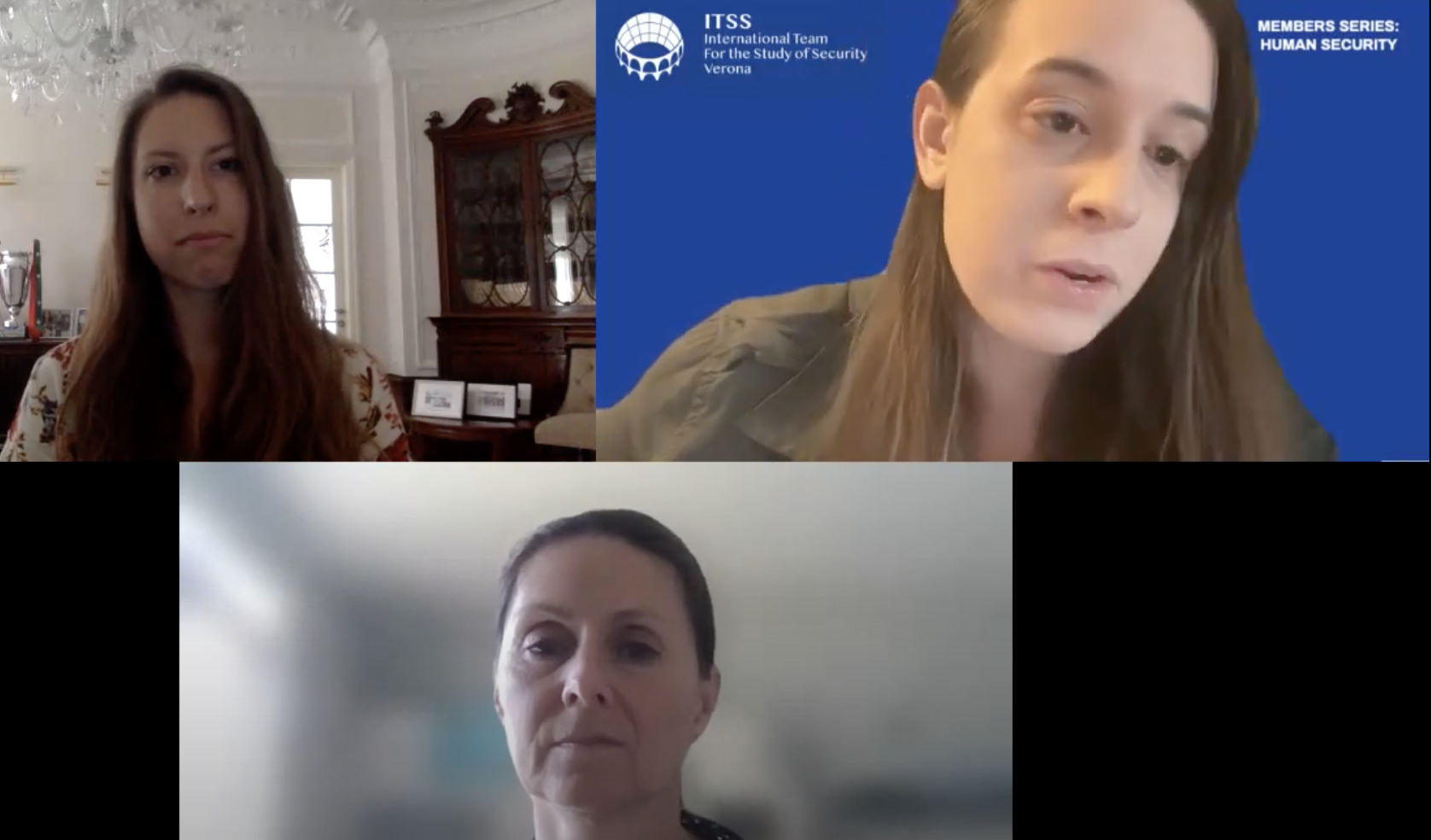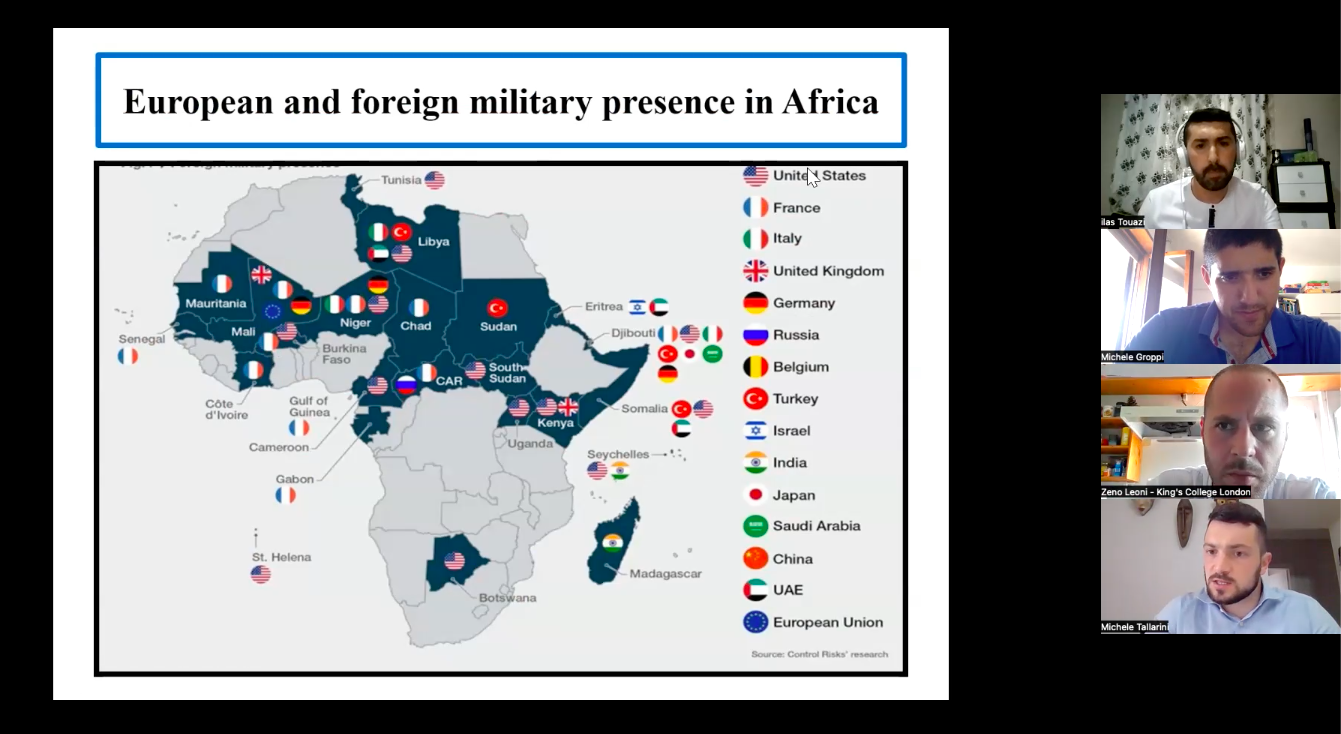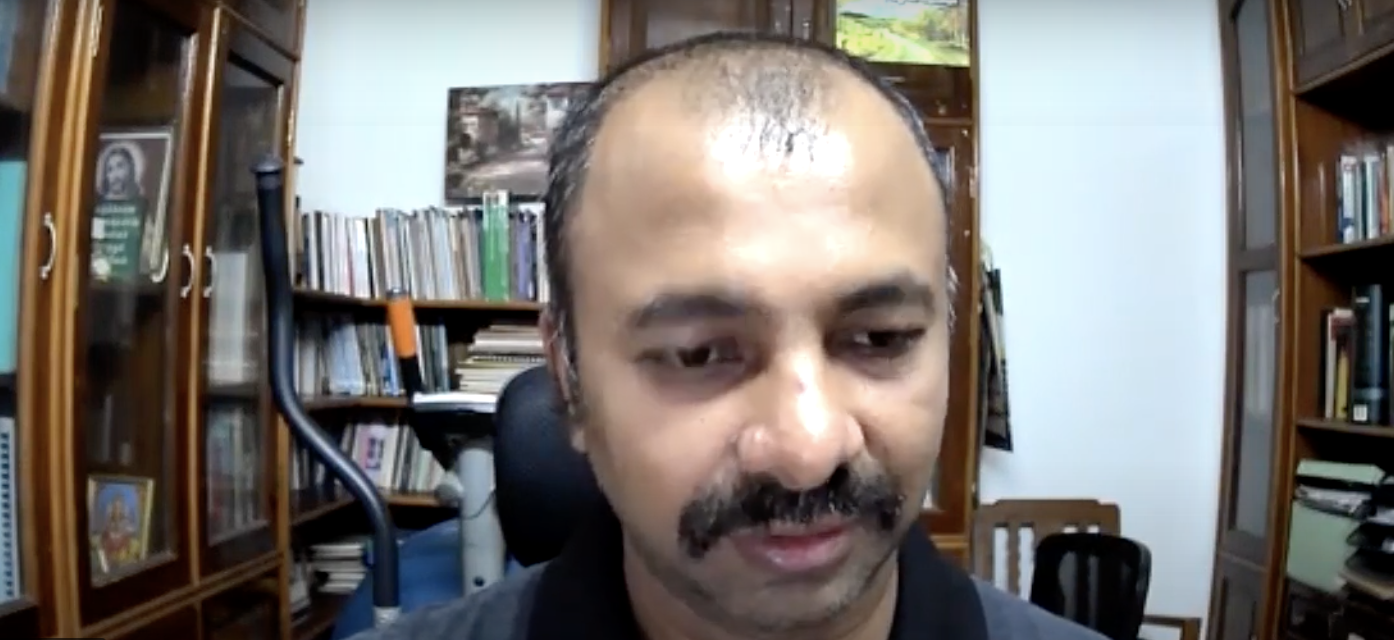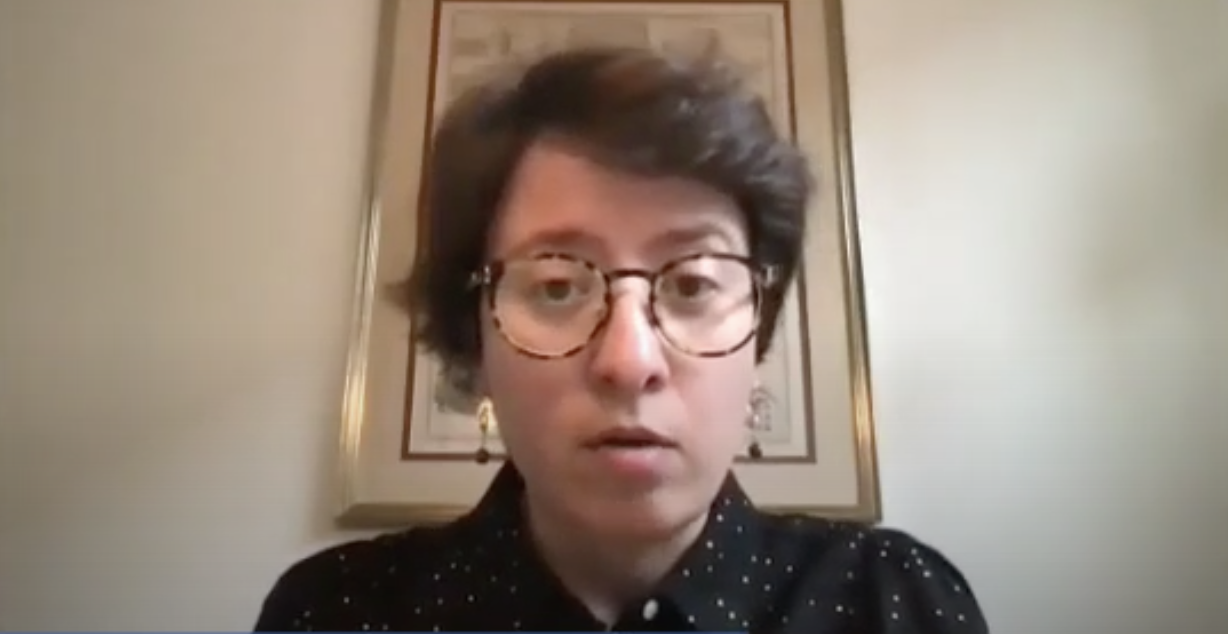Author: Alessandra Gramolini.
Before and during the Russian-Ukrainian conflict
Russia and Ukraine are not only the world’s biggest producers of wheat, they have also been the cheapest exporters on the market. This made them very attractive to low-income countries. Over 40% of wheat consumed in Africa usually comes from Ukraine and Russia. The war interrupted global markets and trade flows to Africa, increasing even more food prices in the region. Ukrainian ports in the Black Sea have been widely blocked for exports since the conflict began. Kyiv and its allies blame Moscow for blocking the ports. Even countries that import little from the two countries are indirectly impacted by higher world prices for key commodities.
Before the war in Ukraine, African countries were already struggling with the increase of food prices due to extreme climate and weather events and also after two year of Covid-19 pandemic,. Since the Russia-Ukraine conflict began, global food prices have reached new heights. Five weeks into the Ukraine war, disruptions are more severe and food prices are even surpassing the levels of the 2008 global financial crisis. The United Nations Food and Agriculture Organization’s (FAO) Food Price Index, affirmed that international wheat prices rose for a fourth consecutive month in 2022. The March index is the highest it has been since the measure was created in the 1990s. In 2020 alone, Africa imported $4 billion and $2.9 billion worth of agricultural products from Russia and Ukraine. With this war in Ukraine, about 20 million people in the Sahel and West Africa do not have access to sufficient food.
In Egypt, wheat is the main food item, and the Egyptian government imports about 50 to 60 percent of its cereal from Russia and Ukraine, despite the government’s efforts to diversify imports following the 2008 global food crisis. Egypt had to borrow three billion dollars from the International Islamic Trade Finance Corporation (Itfc), an Islamic finance instrument based in Saudi Arabia. Countries like Tunisia imported 50% of their grain needs exclusively from Russia and Ukraine. For the moment, Tunisia claims to have stocks, but to avoid food riots, as happened in the Arab Spring, basic products are subsidized and controlled by the government. Algeria, the second largest African wheat consumer after Egypt has also imposed moderate prices.
Additionally, according to the UN, Russia is the highest exporter of nitrogen fertilizer and the second-highest exporter of phosphorus and potassium fertilizer globally. Several African countries rely on importing these Russian fertilizers, including Cameroon, Ghana, Senegal and Kenya. But following severe economic sanctions against Russia, its ability to sell fertilizer globally has taken down, precipitating a major shortage. In Kenya, farmers are scaling back on farming because of the exorbitant fertilizer prices that would certainly affect their profits. Others plan to avoid fertilizing their farms, especially olive and orange groves farmers. This will lower production and, of course, the quality. The pressure and prices will likely increase further as the war continues, raising food security concerns, with citizens beginning to feel the impact.
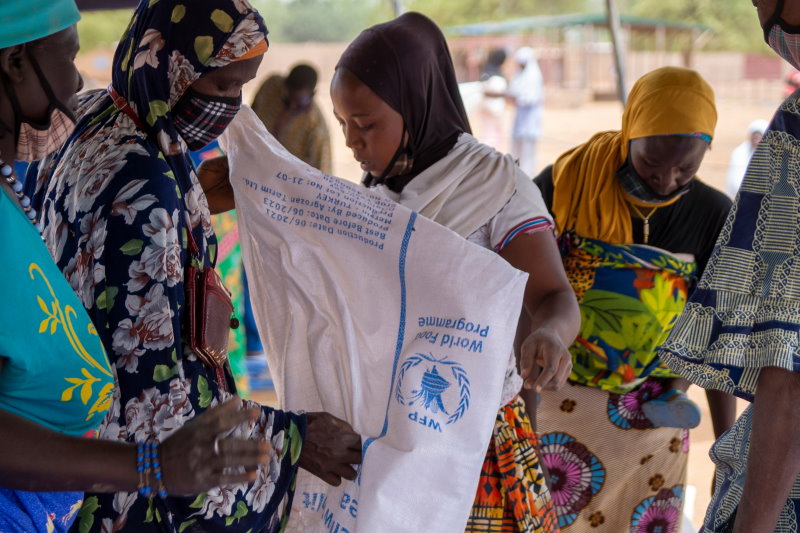
Alarm from aid agencies
Aid agencies have also felt the impact of rising prices. The World Food Program (WFP) used to buy more than half of its grain from Ukraine and Russia. The organization now spends an additional $71 million a month to reach the same number of people it did before the conflict. That money could be used to provide daily food rations to four million people for a month. The activities of the WFP in West and Central Africa have started to suffer too. The aid agency supports national school feeding programmes that run independently. But some governments are now asking the WFP for help, because they can no longer afford some food products. The WFP also distributes cash for people in the region to buy food, but with soaring prices this is not an effective solution.
A recent FAO-WFP report issued today calls for urgent humanitarian action in 20 ‘hunger hotspots’ where acute hunger is expected to worsen during summer 2022. The effects of the war in Ukraine are expected to be particularly severe where economic instability and high prices combine with drops in food production due to climate events such as recurrent droughts or flooding.
“We are deeply concerned about the combined impacts of overlapping crises jeopardizing people’s ability to produce and access foods, pushing millions more into extreme levels of acute food insecurity,” said FAO Director-General QU Dongyu. “We are in a race against time to help farmers in the most affected countries, including by rapidly increasing potential food production and boosting their resilience in the face of challenges.”
Qu Dongyu called on Mediterranean countries to work together to avoid the risks to food security aggravated by the Russia-Ukraine conflict. “We must keep our world food trade system open and ensure that agri-food exports are not limited or taxed”, he said a few days ago during a summit on the food crisis in the Mediterranean area. He then illustrated the main steps on which this cooperation should focus on: greater investments in the countries most affected by the current increase in food prices; reduction of food losses and waste; better and more efficient use of natural resources; and finally, great attention to technological and social innovations that can significantly reduce the losses of the agricultural market.
What are the consequences?
Some analysts argue the Kremlin is hoping that a possible food crisis will put political pressure on the West by provoking new refugee flows towards Europe from food-insecure countries in the Middle East and Africa.
“The situation is forcing hundreds of thousands of people to move to different communities and to live with host families who are already living in difficult conditions themselves. There is not enough food, let alone food that is nutritious enough for children. We must help them urgently because their health, their future and even their lives are at risk,” said Philippe Adapoe, Save the Children's director for West and Central Africa. The war is starting to push families to the brink of survival and increasing also the risk of violence against women. Hibo Aden, women's rights officer at ActionAid Somaliland, said the situation has become so desperate for some families that girls are forced to marry in exchange for food and water.
The presence of unstable conditions and civil wars further aggravate the scenario. Many people in African countries will have problems accessing better hygiene, health, or school conditions, given that the family's spending power will be dedicated to the purchase of food at higher prices. Furthermore, phenomena of internal conflict are beginning to be seen, with countries such as Nigeria, South Africa or Ethiopia, which have chosen to restrict some food exports, blocking supply chains and trade, thus creating other problems.
In conclusion, the forecasts for the future are somewhat catastrophic. In these conditions, hunger will increase at high rates and will be more and more deadly. If the international community does not act in support of rural communities affected by hunger, the degree of devastation will be dangerous.
